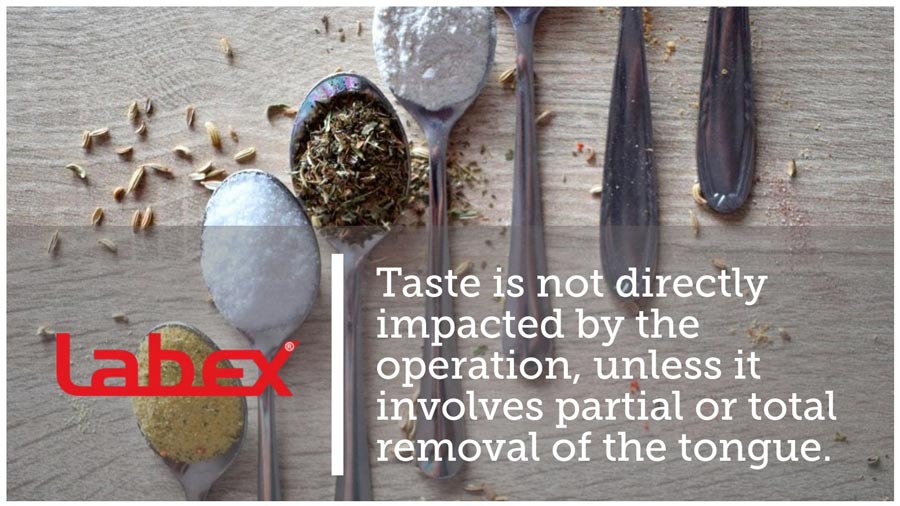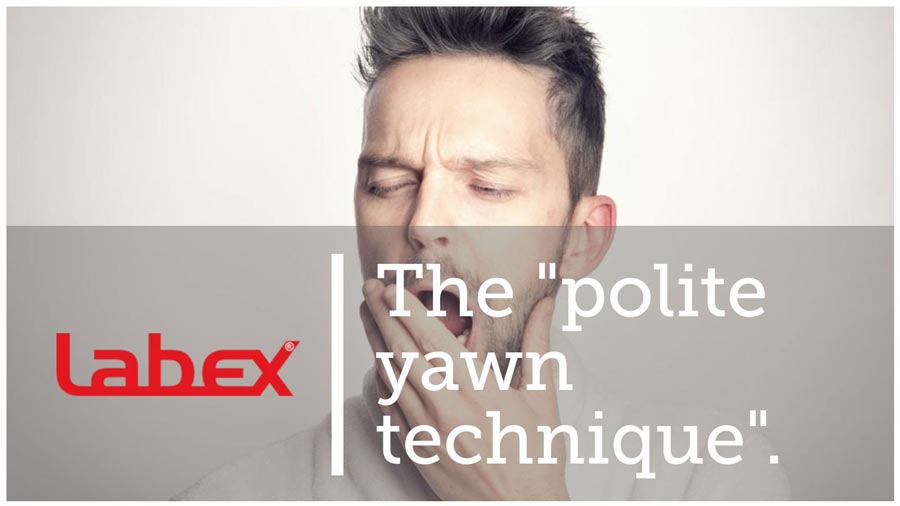Effective Smell and Taste Recovery Techniques for Laryngectomy Patients
Introduction:
Laryngectomy, a surgical treatment for laryngeal cancer, often leads to the loss of smell and taste sensation due to altered airflow patterns.
Here, laryngectomy patients, or laryngectomees, will discover essential care tips and techniques to facilitate effective smell and taste recovery post-surgery.
Loss of Smell and Taste:
Following a laryngectomy procedure, the natural airflow through the nasal cavity, responsible for stimulating smell receptors, is disrupted.
This loss can significantly impact one’s appetite, food satisfaction, and overall quality of life.
Recovery Techniques:
Fortunately, there are methods available to aid in the recovery of smell and taste sensations. Olfactory rehabilitation techniques focus on reestablishing nasal airflow, thereby restoring the sense of smell.
Examples include the nasal airflow induction manoeuvre and the “polite yawn” technique.
Maintaining Sensory Function:
While some smells may remain distinct post-surgery, it’s crucial to prevent atrophy and promote continued sensory function.
Regular exercises encouraging airflow through the nose to the mouth can aid in preserving and enhancing smell perception over time.
Experiencing the Impact:
To comprehend the impact of altered airflow on taste perception, individuals can conduct a simple experiment. By chewing a jellybean with their nose held shut, they’ll notice the sweetness but struggle to discern flavours.
Releasing the nose suddenly reveals the distinct flavours, highlighting the profound effect of nasal airflow on taste sensation post-surgery.
Conclusion:
By incorporating these smell and taste recovery techniques into post-laryngectomy care routines, patients can enhance their overall well-being and regain a vital aspect of their sensory experience.
Embracing olfactory rehabilitation not only improves daily life activities but also fosters a deeper connection with the world around them.
Exercises The technique recommended by speech pathology professionals for improving taste sensation is known as the “polite yawn technique.”
This method aids in promoting airflow through the nasal passages, consequently enhancing your ability to taste more accurately.
Many individuals who have undergone laryngectomy have reported that this technique restores a sense of normalcy to the taste of foods.
Despite mastering this manoeuvre, you may initially perceive foods to taste differently post-surgery.
However, in most cases, typically within the first 6-9 months, laryngectomy patients begin to experience a restoration of their normal sense of taste.
One straightforward and practical exercise involves holding a mirror under your nostrils and gently exhaling through your nose until the mirror becomes fogged with mist.
Initially, you may observe minimal fogging or none at all, but with regular practice, you’ll notice a gradual increase in fogging over time.
This exercise can be performed using both nostrils simultaneously or by alternating between them.
Nasal airflow induction is a simple yet effective strategy for restoring odour perception and enhancing taste in individuals who have undergone laryngectomy.
It’s easy to learn and doesn’t require expensive equipment or technical expertise.
Improving odour perception and taste significantly enhances the quality of life for these patients, making it imperative to incorporate nasal airflow induction into laryngectomy rehabilitation protocols.
Following a total laryngectomy (the primary treatment for laryngeal cancer), special considerations must be taken into account by all patients.
Devices
One device that has shown promise in restoring olfactory function in these patients is the laryngeal bypass device.
Using this device for 30 minutes daily at home over a period of three months has been shown to significantly improve olfactory function (as assessed by the Sniffin’ Sticks test).
Subjective improvements are often noted within just one week of use.
While practicality ratings have improved statistically, some patients still find the device challenging to use.
Formal long-term studies on the use of the laryngeal bypass device are lacking, but we hope that our findings will lay the groundwork for further investigation.

Reviving Taste and Smell Sensations Post-Laryngectomy
Patients undergoing laryngectomy, especially those undergoing radiotherapy, often experience taste alterations due to the treatment’s proximity to the neck and mouth. However, employing taste stimulation techniques can help mitigate these effects and maintain taste sensitivity.
Various strategies aid taste and smell recovery, including sensory exercises and dietary adjustments. Hydration, moderation in dairy consumption, and inclusion of flavorful foods in the diet contribute to sensory restoration.
While taste and smell changes are common after laryngectomy, timely intervention and speech therapy support facilitate significant improvements in sensory rehabilitation.
Raising awareness about post-laryngectomy smell and taste rehabilitation is crucial. Providing comprehensive resources and therapies empowers individuals to regain these essential senses, thereby enhancing their overall quality of life.
Join our Labex Support Center for Laryngectomee FB group for more information and support.https://www.facebook.com/groups/801546370394224. . Explore our range of Stoma Care Products and latex Electrolarynx Devices for additional assistance.



